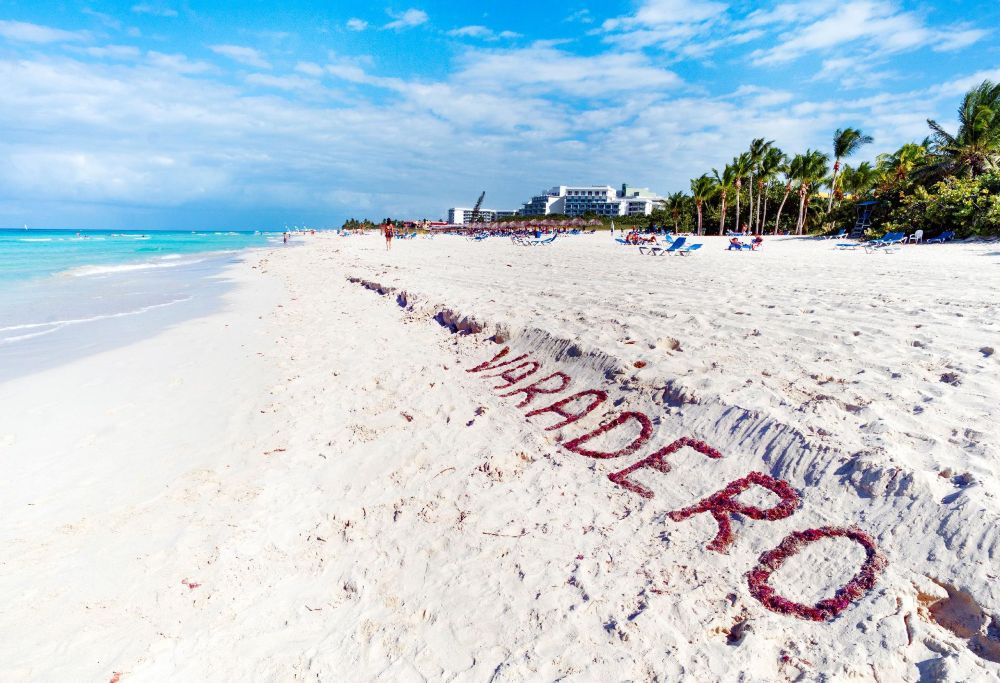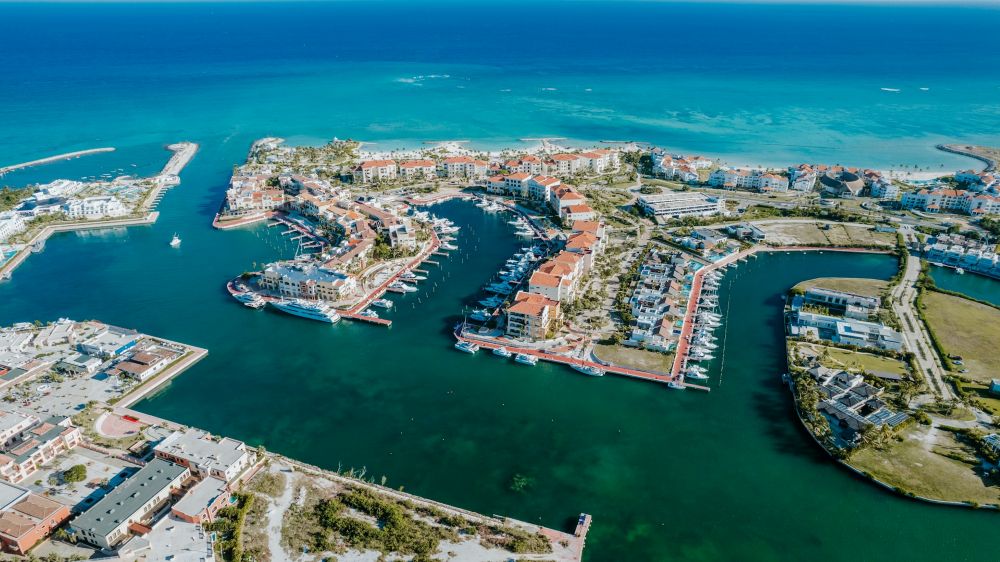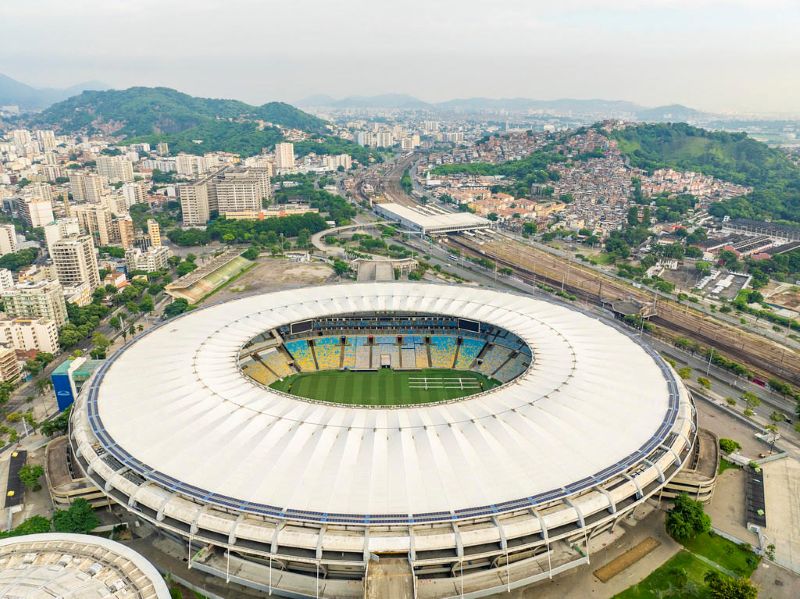Indigenous tourism has long been recognised as a powerful vehicle for cultural preservation, economic development and environmental awareness. The latest report from the World Travel & Tourism Council (WTTC) highlights these dimensions, emphasising the growing role this segment can play in the global tourism sector. More than just an economic tool, indigenous tourism enables communities to share their knowledge, culture and traditions with the rest of the world while guaranteeing their autonomy and self-determination.
The report points out that, in the global context, indigenous tourism has grown steadily in recent years. With an average annual growth forecast of 4.10% between now and 2034, this segment could reach a value of USD 67.05 billion, compared with USD 44.86 billion in 2024. A promising development, but one that requires specific measures to ensure that the benefits accrue directly to the populations concerned.
A model of global success
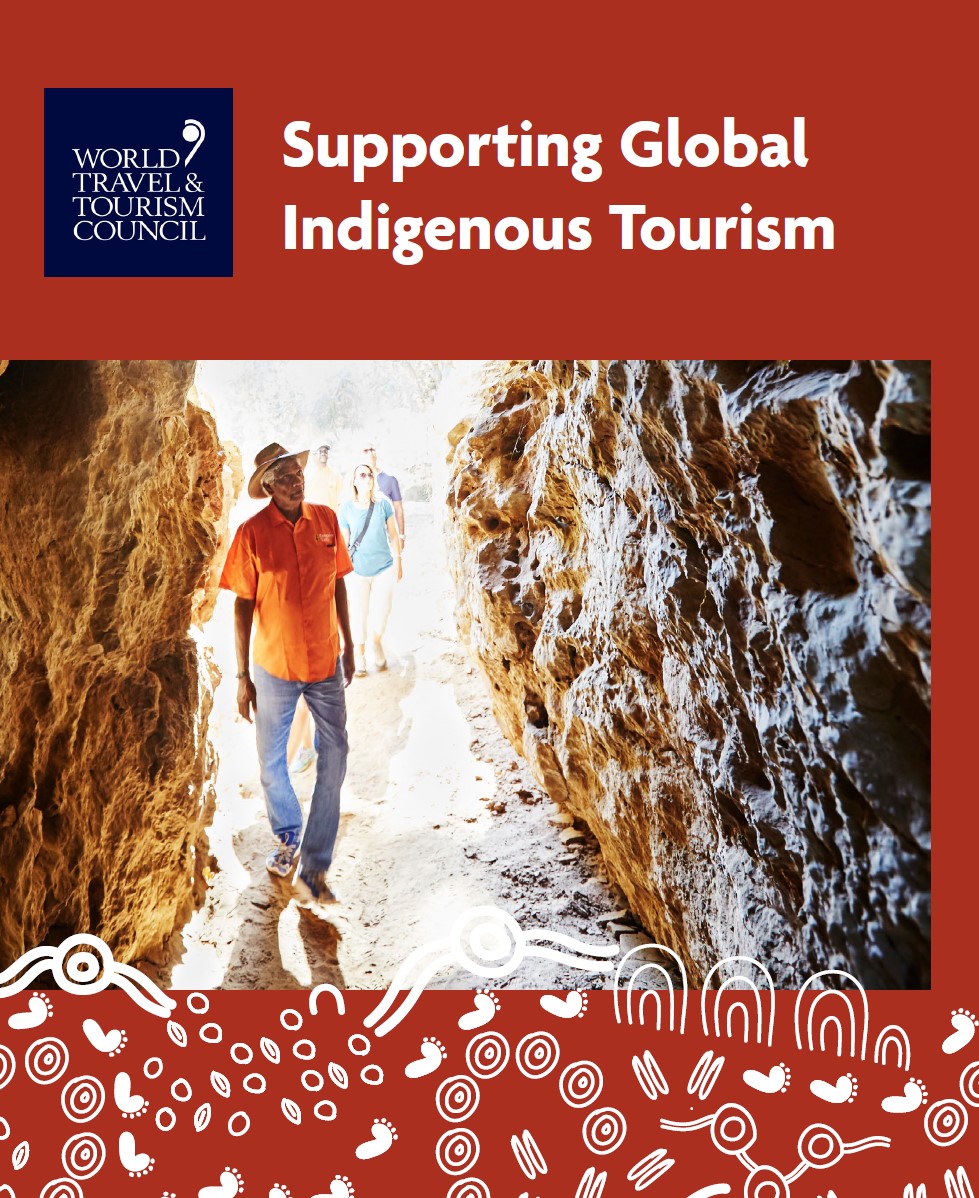
The report cites several global examples of effective indigenous tourism practices, notably in Canada, Australia and New Zealand, where local initiatives have strengthened links between indigenous communities and visitors, while stimulating local economies. These projects have created jobs, revitalised artisanal practices and introduced measures to preserve the environment.
The story of Tene Waitere, a Maori artist from New Zealand, is emblematic of this movement. His works, sold throughout Europe, bear witness to the importance of tourism for indigenous artists and craftspeople. This example also highlights a central issue in this report: although indigenous communities play a key role in the tourism sector, they are often excluded from the economic benefits and development opportunities.
Our interview: Elio Cunampio, body painter and photographer from the Emberá indigenous community
Focus on Latin America
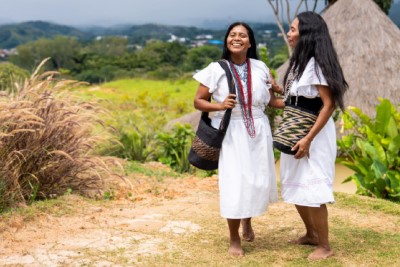
The potential for indigenous tourism in Latin America is immense. With their remarkable cultural and ethnic diversity, the indigenous populations of this region are the custodians of a heritage rich in craft skills, traditions and ancient languages. The WTTC report mentions in particular the growth of community-based tourism in countries such as Peru, Colombia and Panama, where local initiatives are promoting ancestral knowledge.
In Peru, for example, ecotourism projects among Quechua communities in the Andes or Kukama populations in the Peruvian Amazon are increasingly popular with visitors. These initiatives not only help to preserve local ecosystems, but also ensure that cultural practices are passed on from generation to generation. The recent creation of Kipi, an educational robot that helps preserve indigenous languages in remote areas of Peru, is an innovative example of how technology can support cultural preservation while attracting tourists keen to learn more about local traditions.
In Colombia, the government has put in place a strategic plan to promote indigenous tourism in regions such as the Amazon and the Pacific coast. The National Association of Indigenous Tourism of Colombia (ASONTIC), created in 2022, supports local entrepreneurs in developing tourism projects while ensuring the preservation of their territories and promoting sustainable socio-economic development.
Challenges and opportunities
While indigenous tourism offers many opportunities, there are still challenges to be met, particularly in terms of financing, governance and controlling the narrative. The WTTC report calls for greater inclusion of indigenous communities in the management of tourism projects and for easier access to funding. Communities must be able to control the development of their lands and benefit fully from the economic spin-offs.
Latin America, with its vast territories and numerous indigenous communities, is at a turning point. By investing in indigenous tourism, the region can not only boost its economy, but also help to protect its ecosystems and cultural heritage. The report calls on governments and the private sector to work closely with communities to ensure respectful and sustainable development.
The WTTC report shows that indigenous tourism is not only a source of income for local populations. It is also a means of promoting cultural identity, preserving fragile ecosystems and strengthening ties between peoples. At a time when travellers are increasingly looking for authentic and responsible experiences, Latin America is well placed to become a leader in global indigenous tourism.
Photo credits: WTTC



